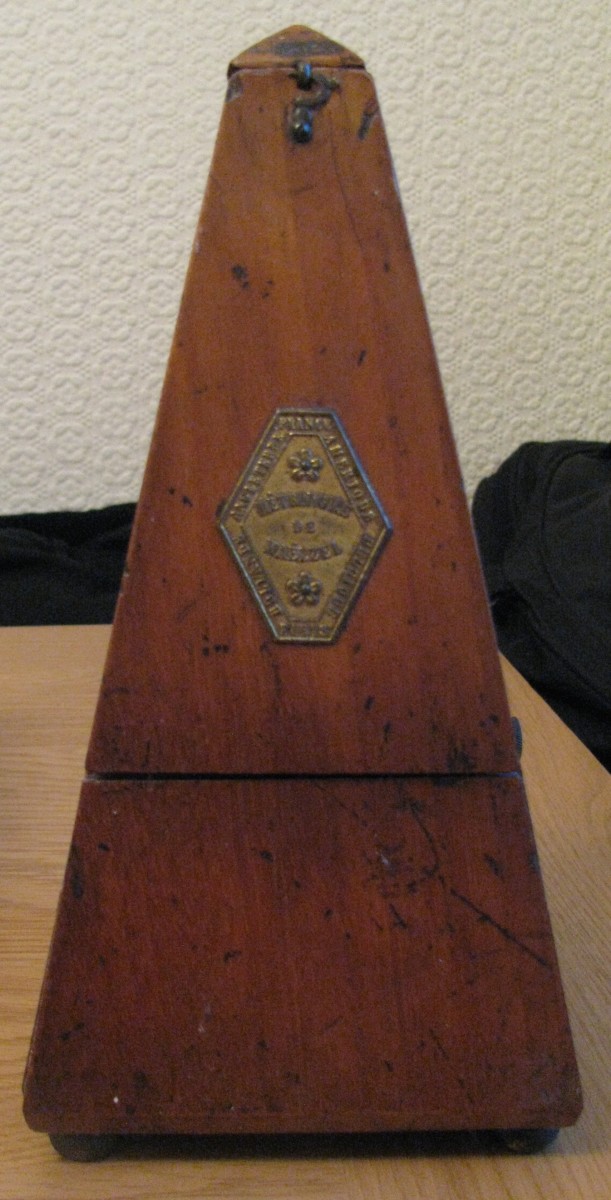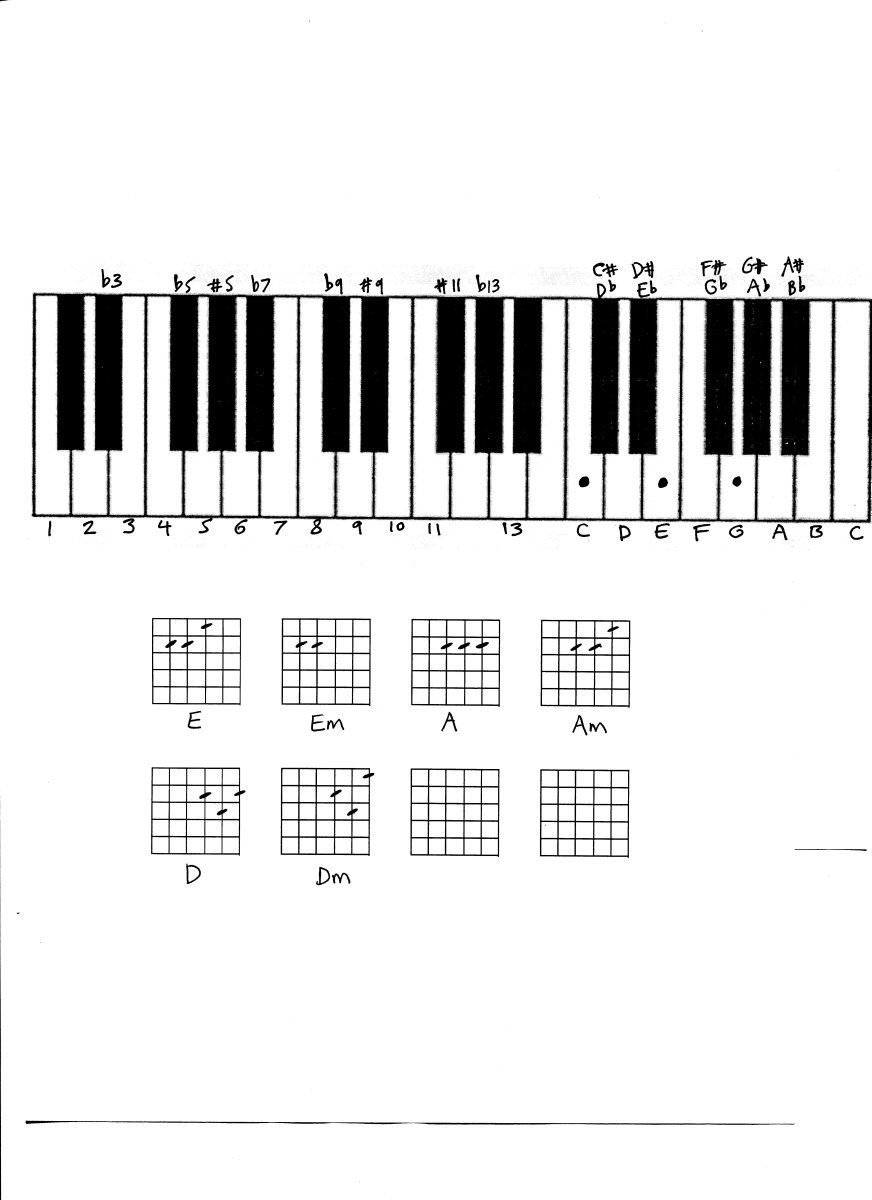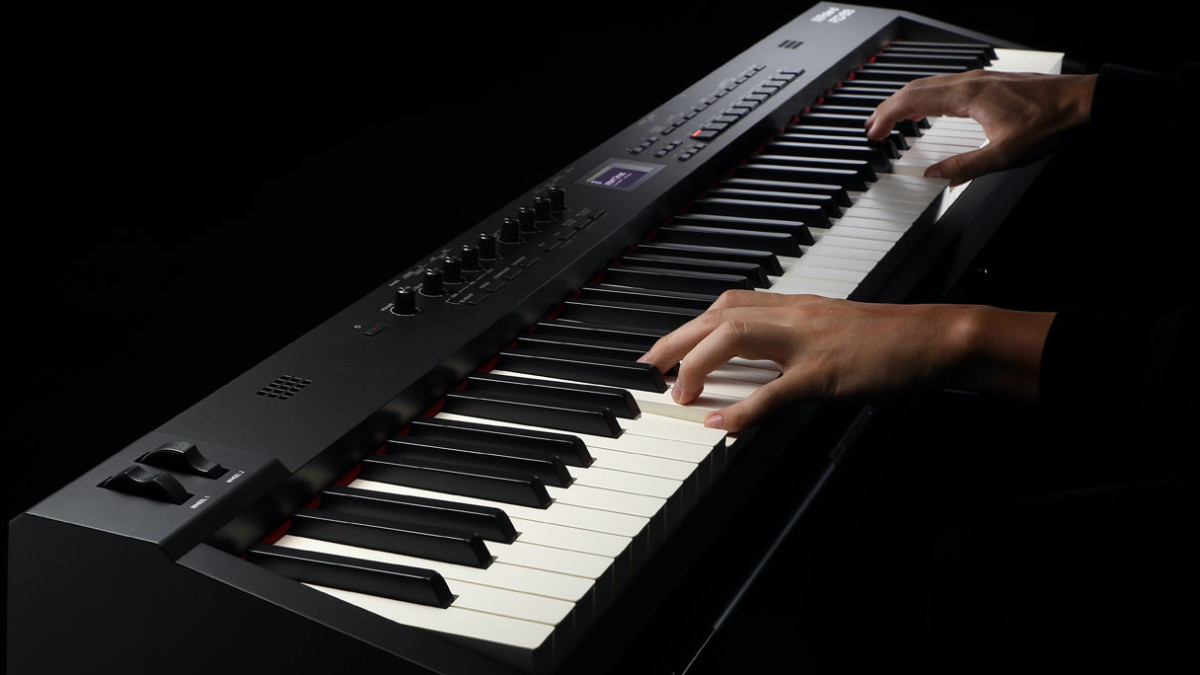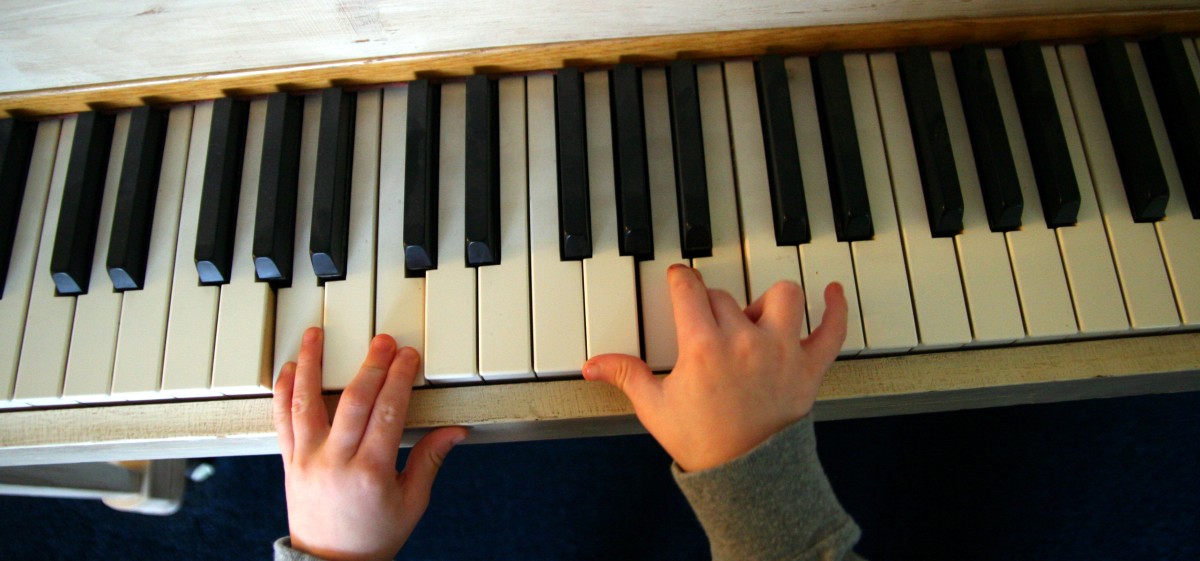How the Brain Works When Playing Piano
The Ones Fellow Musicians Consider Crazy
Kit drummers, organists and keyboard players are sometimes stereotyped by other musicians as being crazy, even schizophrenic.
Well, those other instrumentalists focus on producing only one perfect note at a time. One note at a time!
They don’t have a clue what it takes to play an instrument producing multiple sounds at the same time, such as those mentioned above.
I will give honorable mention to string players and guitarists in understanding this task. But I do not believe that they are called to play ten or more notes simultaneously. Ever.
To explain how and why the brain is pulled in multiple directions for keyboard instrumentalists, I use the pianist as an example.
If you have never played piano, welcome to world of this multi-note instrument and its "player."
Here are some of the tasks being completed concurrently in a pianist’s brain when she or he is reading music and playing.
Decoding, Learning Physical Technique, and Making Music

The Staff
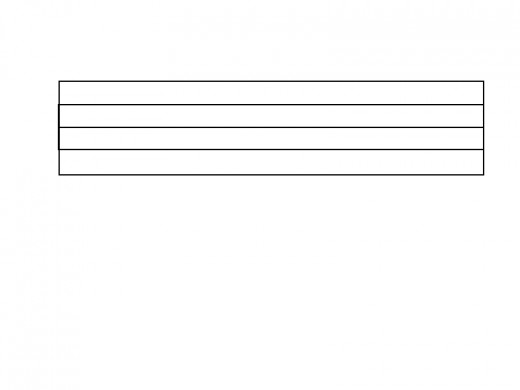
Written Music
There is a lot of information to decode to know how to play piano music.
The title of written music might give a hint about a style to apply the entire piece.
For example, music in The Duck Hunter’s Tango will sound very different from a Duck Hunter’s Boogie Woogie.
So, the pianist takes this information under advisement when preparing to play the piece.
Another bit of information to absorb is the fraction which appears at the very beginning of the horizontal line groups. This tells the player about style, too.
Also, before one even gets to the lines and notes, there is often an instruction about how quickly or slowly to play. This is usually an Italian word the meaning of which the player has memorized and become generally familiar.
Circles, Lines and Diagonal Bits
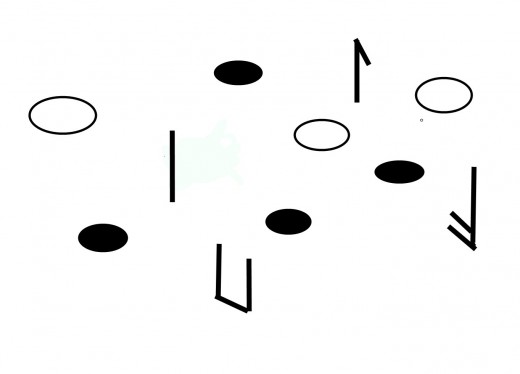
Notations for Notes
A pianist decodes the little black blobs and sticks and flags.
They dictate two things simultaneously:
(1) The length of the note’s duration. This is told by the details of the blob’s appearance, and
(2) What black or white key on the piano should be pressed. This is revealed by on which horizontal line or space the blob rests.
Except…
Oops – There is the potential of extra data can change the code.
At the beginning of the horizontal lines, you may see crooked tic-tac-toe boards or squished lower-case letter B’s.
These symbols change what white or black key on the keyboard is REALLY intended to be played for a particular line or space.
Let’s just say that a line or a space can stand for three different keys on the piano, depending on the presence or absence of those tic-tac-toe boards or letter B’s. The performer must remember this as he or she reads through the piece.
There is a lot of information to decode to know how to play piano music.
Two Hands, Five Fingers, and Sometimes More Than Ten Keys to Strike
A person has five fingers each on two hands.
Sometimes a composer requires that 5 OR 6 notes at once. (Yes – sometimes the pianist presses two close or adjacent keys with one finger)
After in-putting to the brain which notes are assigned to each hand, one must make a decision about which fingers to use for each key. This usually involves scanning the next following 3 or 4 notes, because, like an athlete, you want to put your fingers in a position not only ergonomically correct for that instant note, but also have them in a position which will easily and ergonomically move to the next position.
Note on finger choice decision. Sometimes the brain can look at a group of notes and recognize a familiar pattern. The pattern may be from one previously practiced song, or from a set of songs practiced from a period in music. Then, the brain can instruct the fingers to go on auto-pilot based on practice.
Okay – let’s say the brain has now decided which fingers to use.
Next, one needs to know how loudly to play:
(1) in general, and
(2) for each group of notes.
The “in general” instructions are usually indicated by another Italian word written above the horizontal lines.
Special instructions to swell louder and then back off, or to smack this one note particularly loud and hard, etc. are communicated by hieroglyphic type codes above and below the horizontal lines.
So, the pianist is almost ready to start playing.
Almost?
Well, she has feet, hasn’t she?
And aren’t there some pedals close to the floor (true for drummers, organists, and pianists. Not all electric keyboards, however.)
Those pedals aren’t just for decoration. They are used to further shape the music. This is indicated by either specific hieroglyphics, by the style from the name, and by individual playing preference. (Some pianists are notorious pedallers. And drummers and organists are flailing both feet and both hands all the time to make their music.)
Okay – Play and Enjoy
If this sounds to you like a tremendous amount of brainwork – I agree. It is. And, totally worth it to have the satisfaction of interpreting and hearing the music that is made. The amount of thinking is why it is so good for everyone from students to senior adults. And, if one decides to make things easier by going with a single-note at a time instrument such as a horn, all of the above except the paragraph about playing 5 to 6 notes at once still applies. It keeps the brain well-oiled and working!
This content is accurate and true to the best of the author’s knowledge and is not meant to substitute for formal and individualized advice from a qualified professional.
© 2011 Maren Elizabeth Morgan


